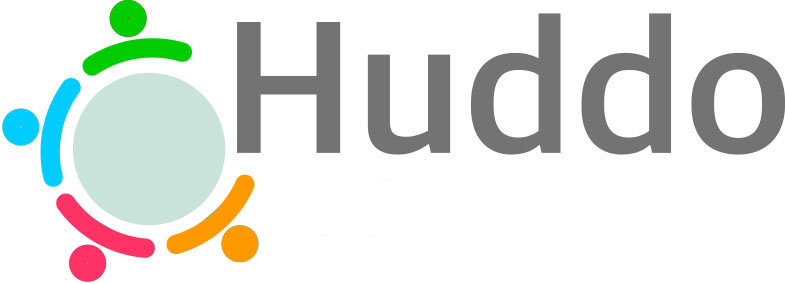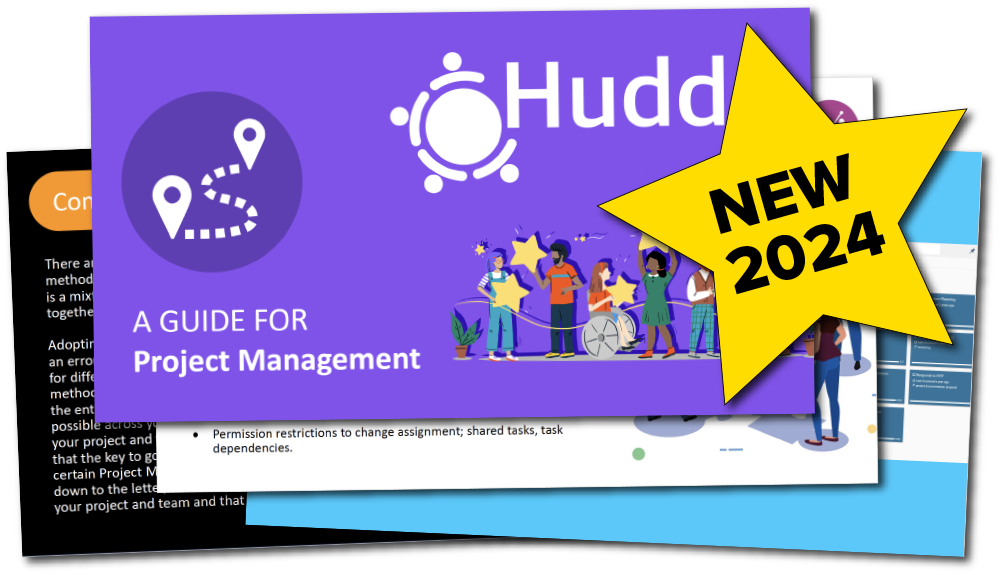Techniques. Tech Geeks: Projects Constrained by Time
Well, techniques are not just for the technological. This title was just an attempt to be clever and there are only so many words that rhyme with ‘techniques’. Techniques apply to online and offline projects and are naturally developed when using any tool. In fact, use any tool enough and you naturally develop your own technique as you begin to understand more efficient ways of using it to create better results and/or do the work faster. Everything from managing million-pound budgets to peeling a potato.
Techniques can change depending on the sort of project you are working on, any restrictions (such as budget, and time), the size of your team, the tools you use, your company culture, communication channel preferences, and much more. All those seemingly little things inputted into a project can influence techniques, but there are some foundational commonalities across most projects where a certain technique suits a certain aspect.
Projects Constrained by Time
If you have hard deadlines, tight timeframes, service commitments, or key contractual dates you are likely to place time very high on your goals. This could be for say a product launch, customer installation, an event, or a press release. The date could be the most important stipulation of the whole project, with everything working back from this almost unmissable date. Managing a project based on time leads to certain techniques:
For Project Managers to view projects over time, either in a Timeline or Gantt chart. This helps you see what is due now, what is due next, and how long each task can take to keep the project on track. When communicating the project to your team, use the Timeline view to iterate the project deliverables over time and easily show key stages, steps, and dates.
For Project Managers to set dates, such as start and end dates. These help members understand when they should start a task in order to complete it. By setting dates for all tasks, it allows Project Managers to see how much work is being set for a particular day, timeframe, or person, to manage resources better. Everything is mapped on the timeline and there are no hidden dangers or tasks not expected or considered.
For Team Members to mark when a task has been started and update the team on its progress. This can be either with comments or written updates, or fields such as progress as a %. This helps Project Managers understand project health as much as it helps Contributors keep up with multiple tasks due over the same period. Personally, my productivity reduces if I stay working on one task for more than 3 hours, so I like taking on multiple tasks at once, dividing time up across them all to keep my work more varied and interesting. Progress status is key for contributors like me.
For Project Managers and Project Contributors to set notifications and reminders on tasks due. This is especially useful if your project is made up of a lot of smaller tasks, or if tasks have subtasks. It’s often hard to look at all tasks at once and capture everything, and other times you may get distracted on a key task and fall down a rabbit hole. A reminder is there to make sure all tasks due are brought to your attention, and when it is most important to be reminded.
[NEW TO 2024]
Download the Huddo Boards
Guide for Project Management
For Regular communications across all members of the project. Depending on the project that might be daily, weekly, bi-monthly, or even monthly. A regular communication rhythm helps keep everyone informed of Project health and status, as well as encourages people to organise their workload and understand their own task(s) progress. These meetings are great places to make any adjustments as you go along, to support the project.
For contributors to aggregate multiple tasks across multiple projects, by time. Even if only one of your projects has a strict deadline, it’s often better to apply dates to all tasks across all projects, even if a presumption and arbitrary. This then allows you to aggregate tasks across multiple projects into one view, that is organised by time. This gives the Contributors one place to see all tasks due now and next. To be extra clever, Contributors could set tags and/or labels to tasks that have critical deadlines and those that are less critical. The importance here is that there is a view for all tasks and it captures any deadlines set to tasks, so you can keep all projects moving and on track.



